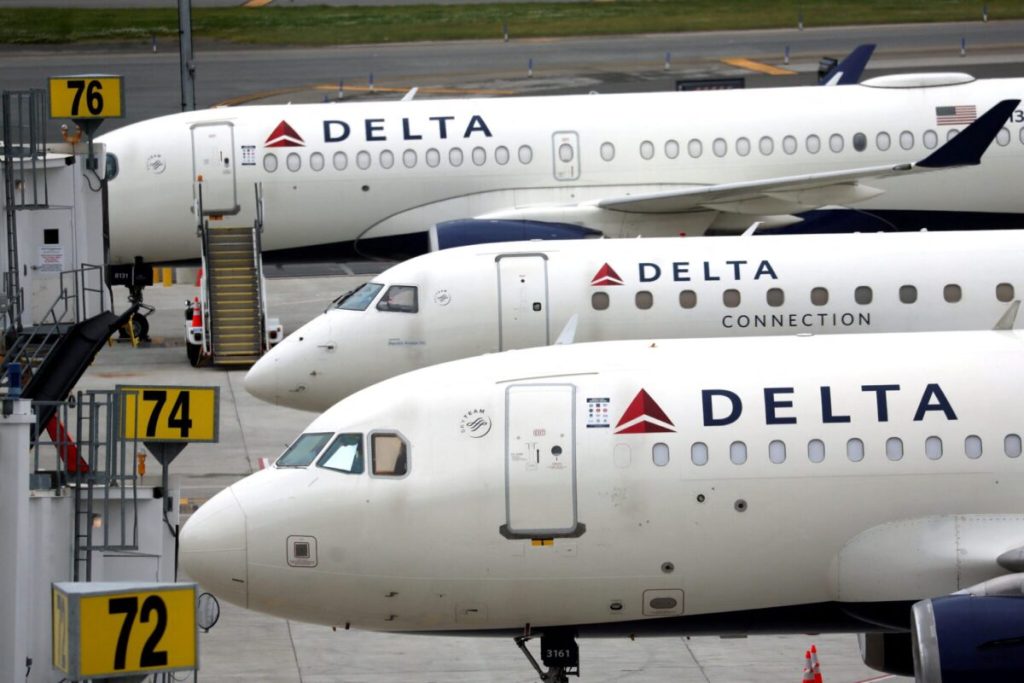Delta Air Lines has announced changes to its boarding process in an effort to streamline the experience for passengers and airport customer service agents. The airline will be utilizing numbered zones, ranging from one to eight, to denote each boarding class instead of the traditional “branded boarding” experience. For example, Zone 1 will include Delta One and first-class customers, while Zone 3 will be for those flying Delta Comfort+. This change is aimed at making the boarding process more intuitive and easier to understand, particularly for travelers who do not fly frequently or may have a language barrier.
The decision to switch to numbered zones aligns more closely with the boarding process used by Delta’s international partners, creating a more simplified experience for passengers with mixed itineraries. While it remains to be seen if this change will make Delta’s boarding process more efficient, airlines have been exploring ways to improve the boarding experience. United Airlines, for example, has implemented a boarding process where passengers in window and middle seats board before those in aisle seats. Southwest Airlines is known for its open-seating policy, allowing travelers to choose their own seats on the plane.
The announcement from Delta Air Lines comes as airlines continue to search for ways to enhance the boarding experience for passengers. The boarding process has attracted attention from various parties, including astrophysicists who have proposed strategies to make the process less time-consuming for flyers. By using numbered zones, Delta hopes to bring more structure and clarity to the boarding process, ultimately providing a smoother experience for both passengers and airline employees. These changes will go into effect on May 1, with the boarding order remaining the same as before, with first and business class passengers boarding first.
The airline industry as a whole has been working to improve the overall travel experience for passengers, including the boarding process. The use of numbered zones by Delta Air Lines is just one example of airlines seeking innovative ways to organize and manage boarding. The industry continues to evolve and adapt to meet the needs of travelers, with a focus on creating a more efficient, streamlined boarding experience. By making these changes, airlines aim to enhance customer satisfaction and loyalty, ultimately leading to a more positive travel experience for passengers.
In conclusion, Delta Air Lines’ decision to switch to numbered zones for its boarding process reflects a broader trend in the airline industry of seeking ways to streamline and improve the travel experience for passengers. By introducing numbered zones, the airline aims to simplify the boarding process and make it more intuitive for travelers. This change aligns with efforts across the industry to enhance the efficiency and organization of boarding procedures, ultimately providing a better experience for passengers. As airlines continue to innovate and adapt, passengers can expect to see more changes aimed at improving the overall travel experience.















